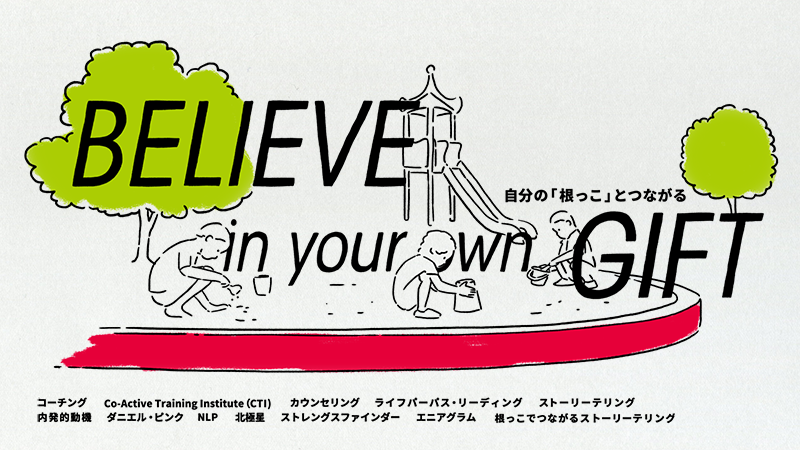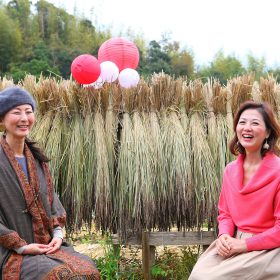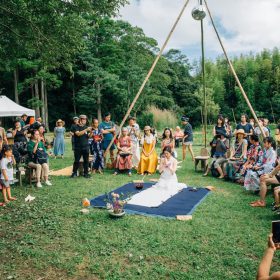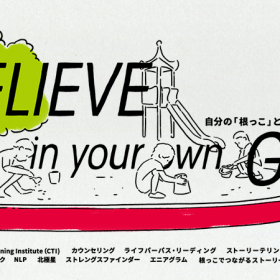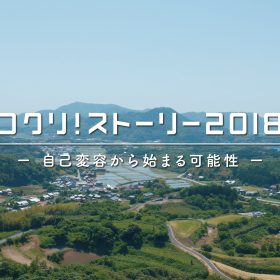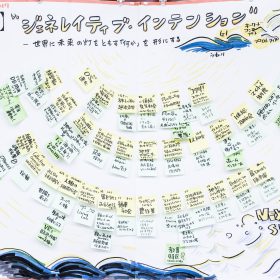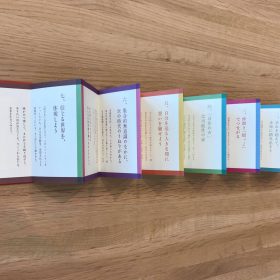Click here to view this website in Japanese / 日本語版のページはこちら
The video provides the overview of the pieces of wisdom Co-cree! has been learning from.
For the past nine years, we at Co-cree! have been conducting research on how to convene a diverse group of people to have dialogue in order to co-create a future beyond expectations. Through practice, Co-cree! has been polishing up the theory and methods to deepen our exploration.
We have created the video “Co-cree! Dendrogram” to introduce to you the pieces of wisdom that we have been studying and utilizing along the way. This short video provides an overview of the wisdom from all over the world from which we have been learning. When seeing the keywords separately, it might be difficult to understand what they exactly mean. However, please just enjoy the video first, and try to feel into it. Which words resonated with you? Which pictures appealed to you? What did you want to learn more about?
We hope that you start to have hope in creating the future of your community, society, and the earth by watching the video, and gain a bit of energy. Moreover, it would be great if you would take interest in learning deeper on Co-cree!’s wisdom.
If there are any pieces of wisdom or keywords which especially caught your attention, please do explore them further. This page features Co-cree!’s 3 streams and 12 pillars of wisdom, as well as books and websites we recommend for those who want to learn more on each topic. These are the books and websites that we have actually read and are precious to us; we can recommend them with great confidence. We would be happy if they could open the doors of learning and discoveries for you as well.
Recommended for you!
This video might be especially helpful for people who fall into one of the categories below. We hope to share the information here with people active in local communities, in business, and in all other fields. Watching the video alone is great, but we recommend that you watch it with people around you. You may make different discoveries from when you watch it by yourself.
Recommended for those who:
●Think the methods for problem solving are not enough for a breakthrough
●Feel that something is missing in the existing methods and techniques
●Want a diverse group of people from different positions in the community to create the future together
●Want to host a meeting or gathering a bit different from the usual way
●Are about to facilitate a meeting and finding difficulties
●Want people around you to have interest in the pieces of wisdoms featured here
●Are to have a gathering and want to try things the Co-cree! way
This video is just an overview of the pieces of wisdom that Co-cree! has been learning from. Later, we hope to be able to introduce other tools and techniques to those who would like to utilize Co-cree!’s knowledge.
A bit more detailed explanation on the 3 streams and 12 pillars of wisdom
Here is a bit more detailed explanation about the 12 types of wisdom. After conducting research and field tests on co-creation, we came to the conclusion that there are 12 pillars of wisdom in the world. They can be classified into 3 streams, and each of the stream, which were initially completely separated in the past, but then have merged to influence each other now, and lead to a method to create a new future. Below are the explanations on the 3 streams: 1) Self-transformation, 2) System / Whole, 3) Creation, and the 12 types of wisdom which fall under them.
Stream 1: Self-Transformation
The first stream if Self-transformation. We believe that changing the inside of each individual leads to better co-creation as a result.
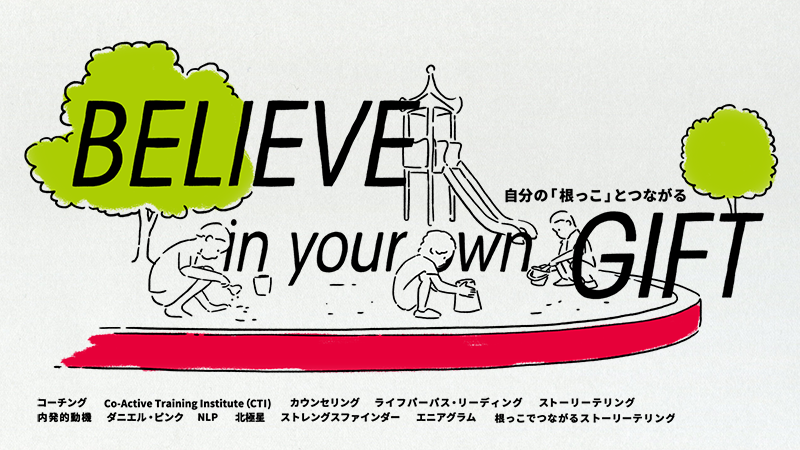
(1)Are you living your true self?
Believe in your own gift
Self-understanding is the necessary first step to self-transformation. Who am I? What kind of gift and uniqueness do I have? How can I develop my uniqueness and other abilities? How can I be at my very best? There are a variety of techniques to assist you answer these questions, such as coaching, counselling, Naikan reflection, storytelling, Neuro-linguistic programming (NLP), StrengthsFinder, are enneagram.
●Our Question:
Everyone has the purpose for being born in this time period, deep within their soul. What is the purpose of my soul?
●Keywords:
Coaching, Co-Active Training Institute (CTI), Counseling, Life-Purpose Astrology, storytelling, intrinsic motivation, Daniel Pink, Neuro-linguistic Programming (NLP), Polaris Point, StrengthFinder, Enneagram, Story-telling of Roots
●Books recommended for those who want to learn more about this type of wisdom:
○Deci, Edward L., and Richard Flaste. Why We Do What We Do: Understanding Self-Motivation. New York: Penguin Press, 1996.
○Eurich, Tasha. Insight. New York: Currency, 2017.
○Rath, Tom. StrengthsFinder 2.0. Washington, D.C.: Gallup Press, 2007.
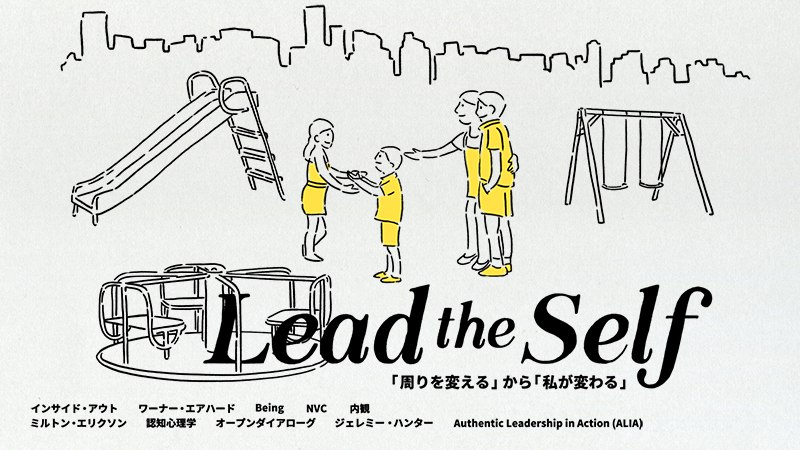
(2)It’s difficult to change the society, but…
Lead the self
The step which follows self-understanding is self-transformation. By changing oneself instead of those around you, your relationship with others will change, and others will naturally change in turn. It is quite a challenge to change others; it is much faster to change yourself. What we are saying here is essentially the same with the notion of “Inside-Out,” the major premise in the book “7 Habits of Highly Effective People.” Other methods such as Nonviolent Communication (NVC), Naikan Reflection, cognitive psychology, open dialogue and alike can assist with self-transformation.
●Our Question:
How would others change if I change?
●Keywords:
Inside-Out approach, Werner Erhard, Being, Nonviolent Communication (NVC), Milton Erickson, Naikan Reflection, Cognitive Psychology, Open Dialogue, Jeremy Hunter, Authentic Leadership in Action (ALIA)
●Books recommended for those who want to learn more about this type of wisdom:
○Covey, Stephen R. The 7 Habits of Highly Effective People: Powerful Lessons in Personal Change. New York: Simon & Schuster, 2013.
○Rosenberg, Marschall B., and Chopra, Deepak. Nonviolent Communication: A Language of Life: Life-Changing Tools for Healthy Relationships. Encinitas, PuddleDancer Press, 2015.
○The Arbinger Institute, The Outward Mindset: Seeing Beyond Ourselves. Oakland: Berrett-Koehler Publishers, 2016.
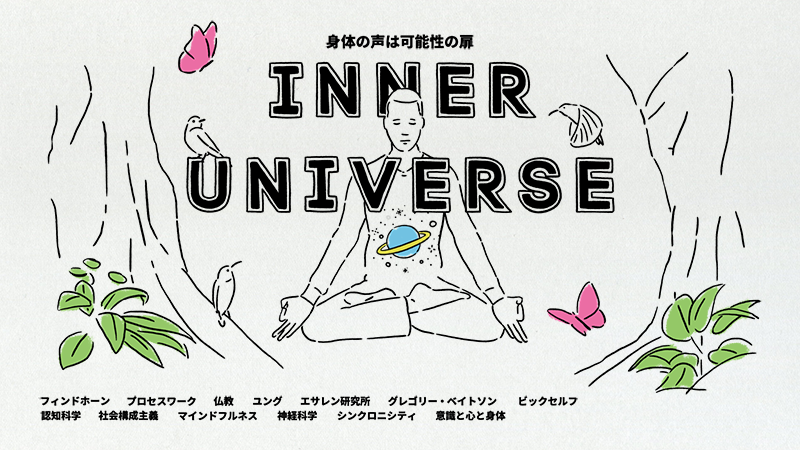
(3)There are answers, but issues remain unresolved.
Inner universe
When aiming for self-transformation, words can be often disturbing. Thinking only with your head seldom enables self-transformation. Physical work can be quite effective in this step. By using methods such as Processwork and mindfulness, you can listen to the voice of your body directly, and explore non-consciousness through what you see in your dreams. By having dialogue with other living creatures, nature, and earth, you might discover your unknown self.
●Question:
What grand intention wants to emerge through my body?
●Keywords:
Findhorn, Processwork, Buddhism, Carl Jung, Esalen Institute, Gregory Bateson, Big Self, Cognitive Psychology, Social Constructionism, Mindfulness, Neuroscience, Synchronicity, Contiousness-Heart-Body
●Books recommended for those who want to learn more about this type of wisdom:
○Jaworski, Joseph. Synchronicity: The Inner Path of Leadership. San Francisco: Berrett-Koehler Publisher, 1996.
○Diamond, Julie and Jones, Spark Lee. A Path Made by Walking: Process Work in Practice. Portland: Lao Tse Press, 2005.
○Tan, Chade-Meng. Search Inside Yourself: The Unexpected Path to Achieving Success, Happiness (and World Peace). San Francisco: HarperOne, 2012.

(4)What would change if we change?
Wholeness
After pursuing self-transformation, one starts to see wholeness. As you go through multiple phases of self-transformation, there comes a moment of unity, in which you feel that your inner universe and the universe outside are actually united. You are a part of the universe, which is a whole: you and the universe are connected. This has been explained as “holon” and “fractal” in philosophy and mathematics, respectively. Since the two universes are connected, self-transformation has the potential to change the outside universe.
●Question:
How will our self-transformation affect the world?
●Keywords:
Fractal, Transition, Schumacher College, Ken Wilber, Unseparation, Scale Deep, Spirituality, Phase Transition, Quantum Theory, Prayer and Forgiveness
●Books recommended for those who want to learn more about this type of wisdom:
○Weatley, Margaret J. Leadership and the New Science: Discovering Order in a Chaotic World. San Francisco: Berrett-Koehler Publishers, 2006.
○Mindel, Arnold. Sitting in the Fire: Large Group Transformation Using Conflict and Diversity. Florence: Deep Democracy Exchange, 2014.
○Wilber, Ken. A Theory of Everything: An Integral Vision for Business, Politics, Science and Spirituality. Boulder: Shambhala, 2001.
Stream II: System / Whole
The second stream is “System / Whole.” The pioneers of organizational theory, community sociology, and social innovation theory have been viewing the world as a whole system, and exploring the ways to bring changes. Much wisdom has been also accumulated in this stream.
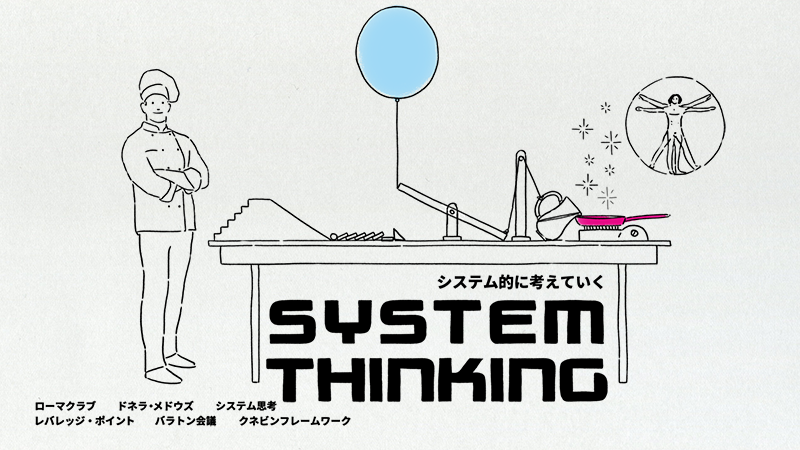
(5)How can we make the world sustainable?
System thinking
What we know already is that the application of symptomatic therapy, which aims to resolve the cause-and-effect relationship, is not enough to create a better world. Often, a method to solve an issue could cause other major issues. As all medication have side effects, all methods also have side effects. What should we do then? Systems thinking offers a big helping force to grasp an understanding of complicated matters by viewing the world as a “system.”
●Question:
How can we make the world sustainable?
●Keywords:
The Club of Rome, Donella Meadows, Systems Thinking, Leverage Point, The Balaton Group, Cynefin Framework
●Books recommended for those who want to learn more about this type of wisdom:
○Meadows, Donella L. The Limits to Growth: a report for the Club of Rome’s Project on the Predicament of Mankind. New York: Universe Book, 1979.
●Websites recommended for those who want to learn more about this type of wisdom:
The Cynefin Framework:
https://www.youtube.com/watch?v=N7oz366X0-8
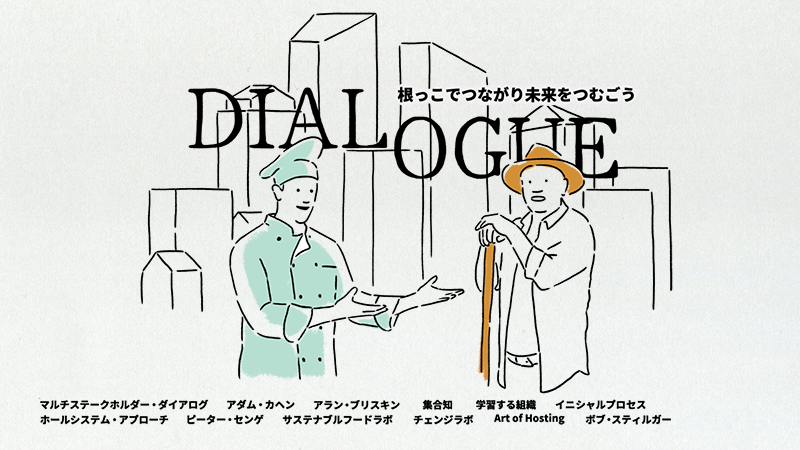
(6)Who should get together and talk to see the future?
Dialogue
In this stream, the approach of dialogue is as important as systems thinking. In systems thinking, diverse points of view are inevitable. In order to construct a whole system with different points of view, what is absolutely necessary is a space where a diverse group of people get together to meet and talk face-to-face; not the discussions among elites and people of power. We believe that a future beyond expectations will emerge when people with completely different opinions have dialogue and deeply listen to each other. Facilitators all around the world have been developing sophisticated skills to host effective dialogue, and their skills are helpful when hosting dialogue events.
●Question:
Who creates the future, a genius or collective intelligence?
●Keywords:
Multi-Stakeholder Dialogue, Adam Kahane, Alan Briskin, Collective Intelligence, The Fifth Discipline, Initial Process, Whole system approach, Peter Senge, Sustainable Food Lab, ChangeLab, Art of Hosting, Bob Stilger
●Books recommended for those who want to learn more about this type of wisdom:
○Senge, Peter M. The Fifth Discipline: The Art & Practice of The Learning Organization. New York: Doubleday, 2006.
○Briskin, Alan. Erickson, Sheryl. Callanan, Tom and Ott, John. The Power of Collective Wisdom and the Trap of Collective Folly. Oakland: Berrett-Koehler Publishers, 2009.
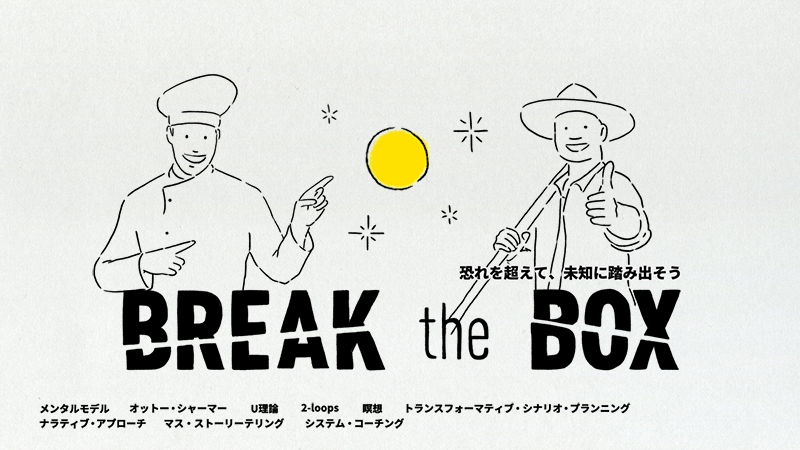
(7)Why don’t we understand each other?
Break the box
In dialogue spaces, people sometimes try to convince each other. They are the situations where a diverse opinions, worldview, and beliefs collide with one another. To solve such situations, we have to change the framework on which the opinions, worldviews, and beliefs are based. As Einstein said: “We cannot solve our problems with the same thinking we used when we created them.” If looked at from a different perspective, not-accommodating opinions is essentially saying the same thing. Theory U and narrative approach are some of the dialogue techniques that can be implemented to challenge existing frameworks and ways of thinking.
●Question:
What kinds of worldviews are creating current issues?
●Keywords:
Mental Model, Otto Scharmer, Theory U, Two Loops, meditation, Transformative Scenario Planning, Narrative Approach, Mass Storytelling, Systems Coaching
●Books recommended for those who want to learn more about this type of wisdom:
○Scharmer, Otto. Theory U: Leading from the Future as It Emerges (2nd Edition). Oakland: Berrett-Koehler Publishers, 2016.
○Kahane, Adam. Transformative Scenario Planning: Working Together to Change the Future. Oakland: Berrett-Koehler Publishers, 2012.
○Stilger, Bob. AfterNow: When We Cannot See the Future, Where Do We Begin (Kindle Edition).
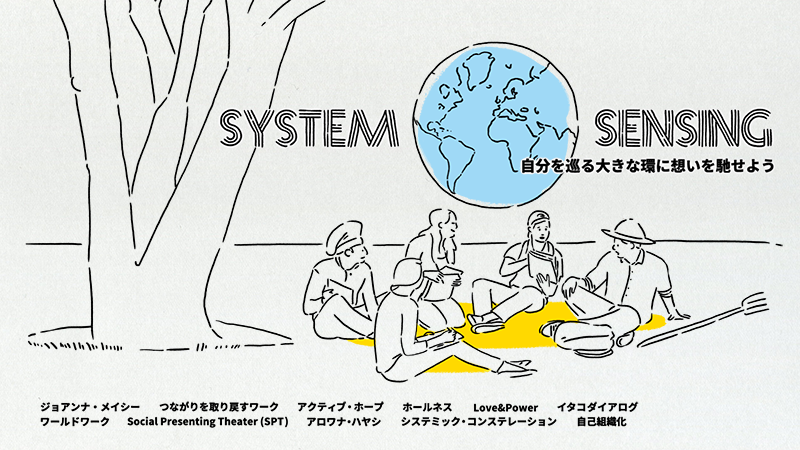
(8)Looking back from 100 years from now, what are the actions we must really take? System Sensing
System Sensing
As already mentioned in (3) Inner Universe, physical work is also effective when trying to grasp the world as a system. Some methods not only use physical movements, but also different forms of art. Listening to the voice of the system or your external environment through one’s body, emotions, and art is referred to as “system sensing.” You do not think about the system, but feel it. Then, you may start to see connections between people, people and society, people and the earth, and people and the universe.
●Question:
Is it possible to listen to the voices of the world to imagine how we may shape the future?
●Keywords:
Joanna Macy, Work that Reconnects, Active Hope, Wholess, Love & Power, Worldwork, Spiritual Medium Dialogue, Social Presencing Theater (SPT), Arawana Hayashi, Systemic Constellation, Self-Organization, Teal Organizations
●Books recommended for those who want to learn more about this type of wisdom:
○Macy, Joanna and Johnstone, Chris. Active Hope: How to Face the Mess We’re in without Going Crazy. Novato: New World Library, 2012.
○Laloux, Frederic. Reinventing Organizations: A Guide to Creating Organizations Inspired by the Next Stage in Human Consciousness. Mills: Nelson Parker, 2014.
○Kumar, Satish. Soil Soul Society: A New Trinity For Our Time. Brighton: Leaping Hare Press, 2015.
Stream III: “Creation”
The third stream is creation. Since long ago, people such as artists, inventors, and designers have been developing skills to generate ideas and innovations. Co-cree! has been learning a lot from their wisdom.

(9)How do we create the future with limited resources?
Backcasting
The concept of Future Center has been invented and developed in the Nordic countries and the Netherlands to nurture “Soft Power” of people. In Future Centers, Backcasting is always conducted. In Backcasting, you first envision the future you want, calculate back, and think. It is an extremely effective method when a diverse group of people get together to talk openly.
●Question:
How, with limited resources, should we design spaces, and how must we think in order to cultivate the future we want?
●Keywords:
Future Center, Living Lab, the Nordic Countries, Future Session Week, Backcasting
●Books recommended for those who want to learn more about this type of wisdom:
○Nonaka, Ikujiro and Takeuchi, Hirotaka. The Wise Company: How Companies Create Continuous Innovation. Oxford: Oxford University Press, 2019.
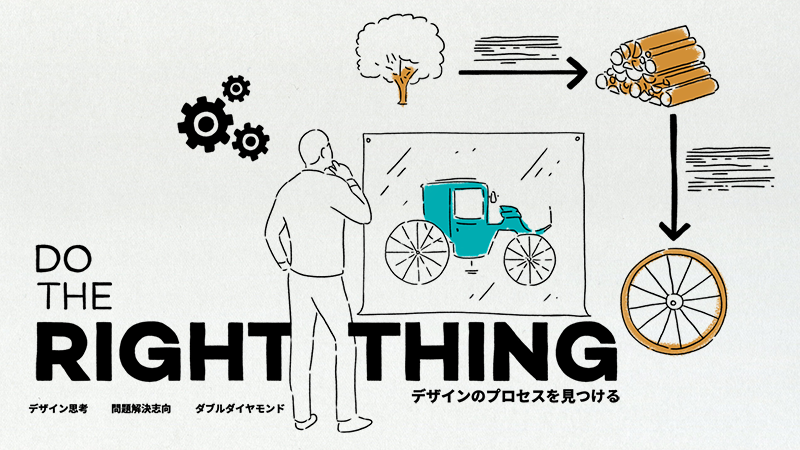
(10)How can we create the right things?
Do the right thing
Countless designers have brought about innovations all over the world. Can innovation-generation methods that are used by designers also be employed by non-designers? This very question was the origin of design thinking. If we utilized the process and framework of design thinking, everyone might be able to create ideas just as designers do.
●Question:
How can a wide range of people use idea-generation and the processes of designers to create ideas?
●Keywords:
Design thinking, Problem Solving Approach, Double Diamond
●Books recommended for those who want to learn more about this type of wisdom:
○Kelly, David and Kelly, Tom. Creative Confidence: Unleashing the Creative Potential Within Us All. Red Firm: Currency, 2013.
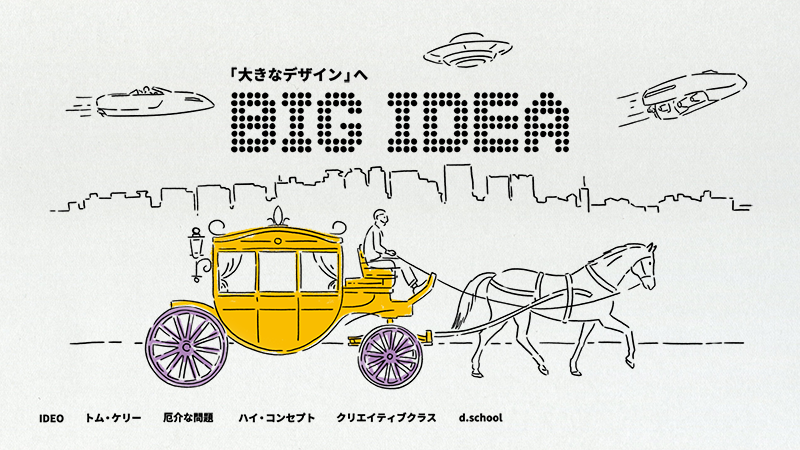
(11)How can we make humane structures?
Big idea
Design thinking is not only helpful in generating ideas and innovations, but also in solving social issues. The idea generation process of designers can be of big help in creating new structures and forms in community building, education, and healthcare.
●Question:
How can we make use of the designers’ idea generation process for solving social issues?
●Keywords:
IDEO, Tom Kelley, Wicked Problem, A Whole New Mind, The Creative Class, d.school
●Books recommended for those who want to learn more about this type of wisdom:
○Pink, Daniel H. A Whole New Mind: Moving from the Information Age to the Conceptual Age. New York: Riverhead Books, 2005.
○Brown, Tim. Change by Design: How Design Thinking Transforms Organizations and Inspires Innovation. New York: Harper Business, 2009.
○Shaminee, Andre. Designing With and Within Public Organizations: Building Bridges between Public Sector Innovators and Designers. Amsterdam: BIS Publishers, 2019.
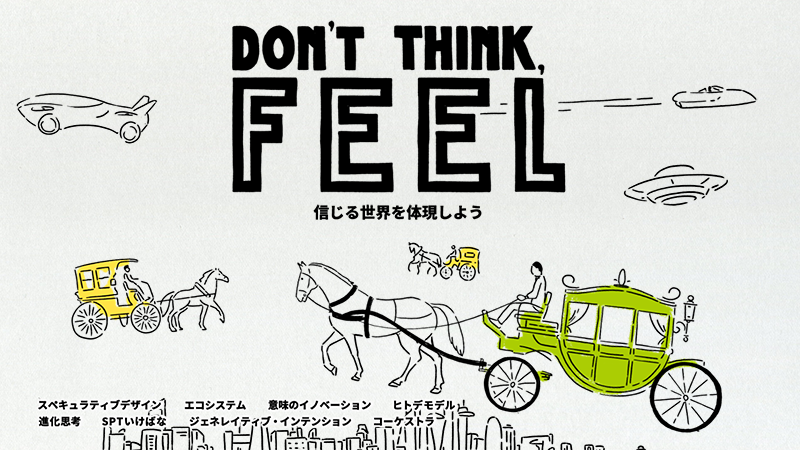
(12)Are you now living the world you really want to create?
Don’t think, feel.
In design thinking, one usually sets a specific theme for dialogue. Yet, depending on the group or industry involved, it can be difficult to use design thinking in such a context without first being constrained by the theme. Some still dare to host dialogue by without any fixed agenda or theme. By doing so, they aim for new discoveries and create a future beyond expectations.
●Question:
By letting go of the need for output and for problems to be solved, what else can we create?
●Keywords:
Speculative Design, ecosystem, Meaningful Innovation, Star-fish model, Evolution Thinking, SPT Ikebana, Generative Intention, Co-orchestra
●Books recommended for those who want to learn more about this type of wisdom:
○Dunne, Anthony and Raby, Fiona. Speculative Everything: Design, Fiction, and Social Dreaming. Cambridge: The MIT Press, 2013.
○Nachmanovitch, Stephen. Free Play: Improvisation in Life and Art. New York: G.P. Putnam’s Sons, 1991.
Let’s create a new future together!
The 3 streams and 12 pillars of wisdom were not classified based on any academic proof. Yet, they are the pieces of wisdom that are greatly valued by Co-cree! members. We would be happy if they can inspire you and encourage you to take a step toward the future in your respective field of practice.
Please feel free to utilize Co-cree!’s pieces of wisdom!
*You may use the video and other content on this page by mentioning the source as “Source: Co-cree!” May the future that you wish from the bottom of your heart be realized in many places of the world!
INDEX – 3 Streams and 12 Pillars of Wisdom
Stream I: Self-Transformation
(1)Are you living your True Self? / Believe in your own gift
(2)It is difficult to change the society, but… / Lead the self
(3)There are answers, but issues are unresolved. / Inner Universe
(4)What would change if we change? / Wholeness
Stream II: System / Whole
(5)How can we create the world and make it sustainable? / Systems Thinking
(6)Who should get together and talk to see the future? / Dialogue
(7)Why don’t we understand each other? / Break the box
(8)Are you now living the world you really want to create? / Don’t’ think. Feel.
Stream III: Creation
(9)How can we create the future with limited resources? / Backcasting
(10)How can we create the right things? / Do the right thing
(11) How can we create humane structures? / Big Idea
(12)Are you now living the world you really want to create? / Don’t’ think. Feel.
“3 Streams and 12 Pillars of Wisdom” Production Team
Creative Director
Orito Hamada
Planning
Naoki Ota(New Stories)
Kenshu Kamura(NPO home’s vi / Tokyo Tech Academy for Leadership)
Ai Sanda(Recruit Lifestyle Co., Ltd.)
Director
Mitasutomo Maeda (EDP graphic works Co.,Ltd.)
Director of Motion Graphics Designer
Mitsutomo Maeda (EDP graphic works Co.,Ltd.)
Motion Graphics Designer
Mami Kawashima
Shogen Cho
Yuuta Kimura (EDP graphic works Co.,Ltd.)
Illustrator
Jeremy Yamamura(DENBAK-FANO DESIGN Co.,Ltd)
Production Manager
Yumiko Okabe(Community Gardening, Co., Ltd.)
Music (composer)
Jukan Tateisi
Founder of Co-cree! Project
Ai Sanda(Recruit Lifestyle Co., Ltd.)
Interviewees
Riichiro Oda(Change Agent, Inc.)
Hideyuki Inoue(INNO-Lab International)
Yuki Inoue(INNO-Lab International)
Kunitake Sasou(BIOTOPE Co., Ltd.)
Keiko Tsuchiya(Adecco Ltd.)
Ryo Nakadoi(Authentic Works, Inc.)
Spetial thanks
Tomoharu Ishibashi(NPO EN Lab)
Fumio Iwasa
Eisuke Tachikawa(NOSIGNER)
Youjiro Hashimoto(ToBeings, Co.,Ltd.)
Mayuka Yamazaki(Ikebana Artist)

